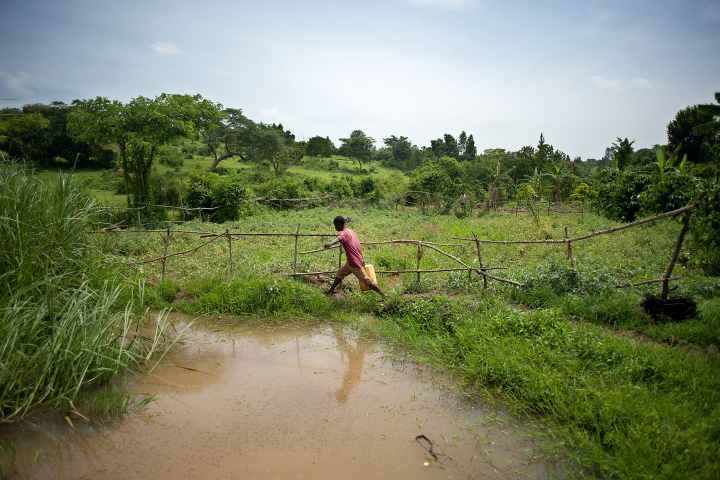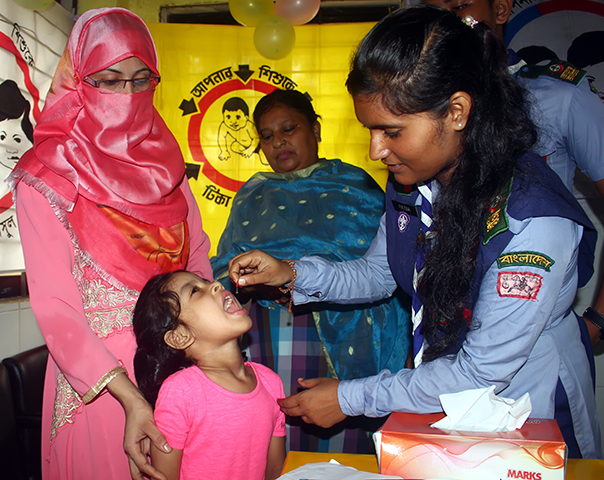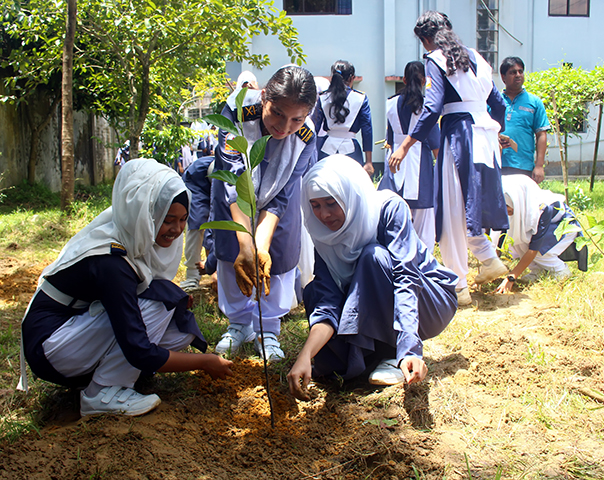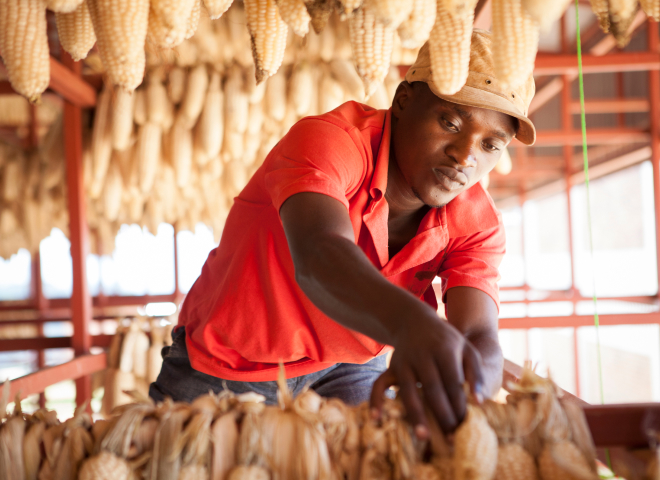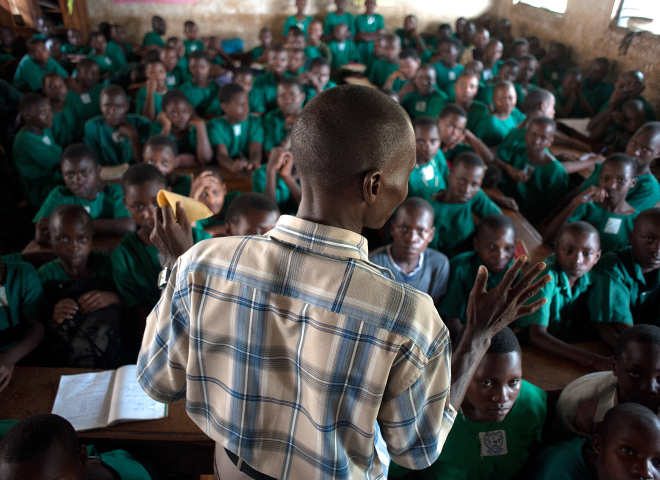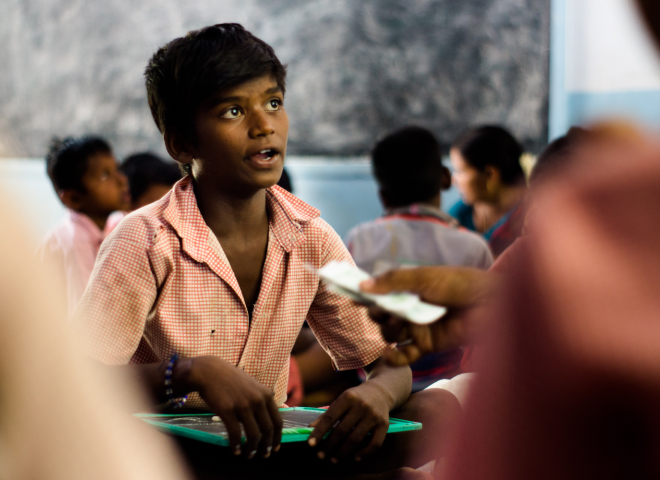Designing Better Agricultural Loans in Mali: Who Borrows and Who Benefits
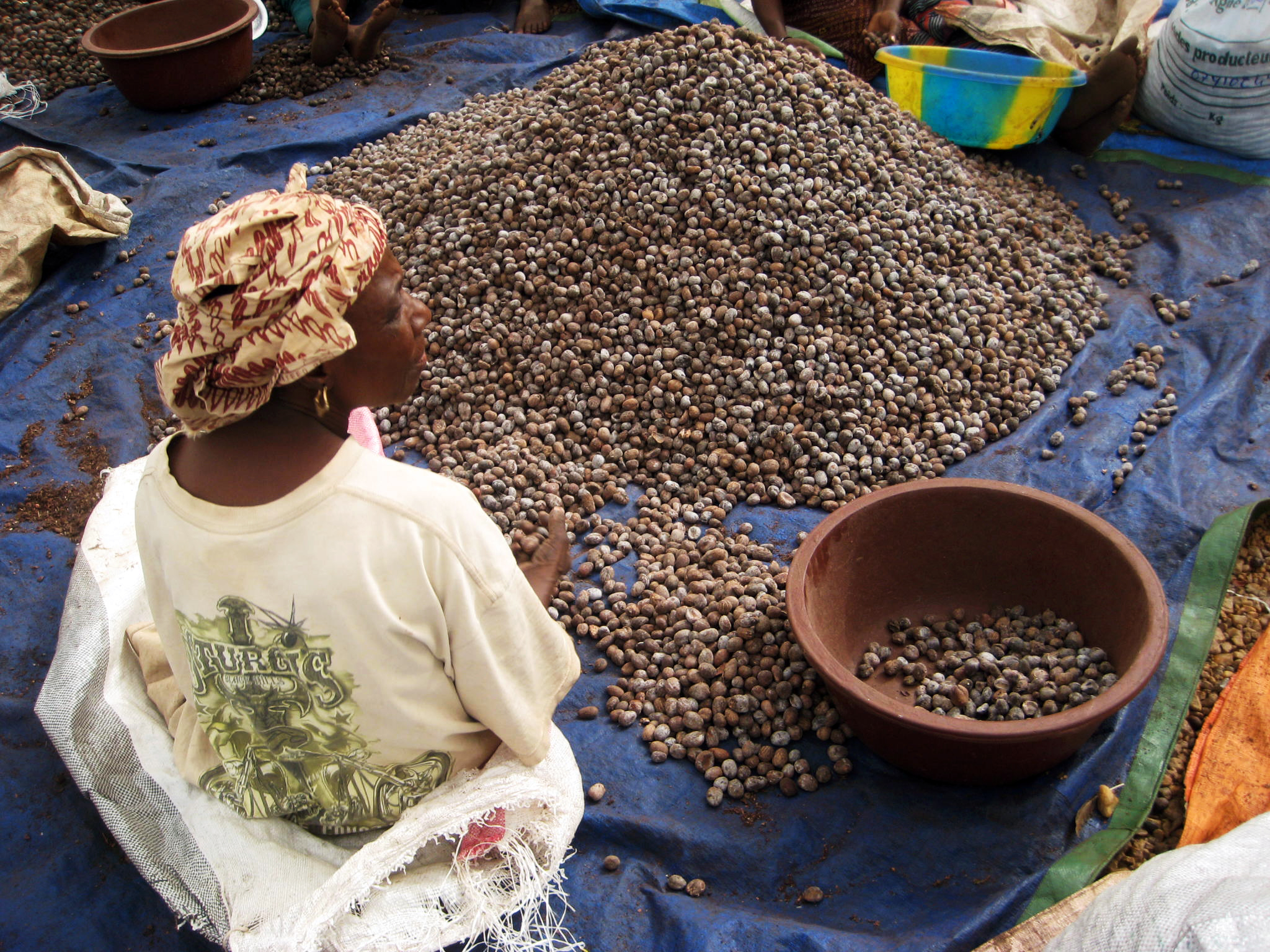
Working with IPA Mali, Soro Yirawaso, and Save the Children, researchers studied which farmers choose to take out seasonal loans and how these loans benefit different types of farmers. Farmers who could use money most productively were more likely to take loans. However, some farmers who could have benefited were unable to get loans due to market barriers. The study showed that agricultural lending can work well when loans are designed to match farmers' cash flow patterns and use community relationships effectively.
Millions of farmers living in poverty struggle to improve their lives because they lack access to the capital needed to invest in their farms and increase their harvests. While loans could help these farmers buy better seeds, fertilizer, or equipment to boost their income, traditional microfinance programs often don't work well for them. These programs typically require weekly repayments, which doesn't match farmers' income patterns since they earn most of their money only at harvest time.1
This challenge is especially visible in southern Mali, where farming is the primary way families earn a living, yet only five percent of farmers in this study had ever received a formal loan. Many farmers remain trapped in a cycle of low investment and low yields, unable to make the improvements that could help lift their families out of poverty. However, research shows that providing loans isn't always enough on its own.2 Some farmers are better positioned than others to turn that capital into increased income through productive investments. How can credit programs be designed to reach and support the farmers who could most benefit from loans, helping them make investments that will meaningfully improve their families' lives?
Researchers partnered with IPA Mali and Soro Yiriwaso (a microcredit organization affiliated with Save the Children) to understand how to improve agricultural credit programs. First, the research focused on Soro Yiriwaso's agricultural loan product, which addressed a key challenge facing farmers: the mismatch between when they need capital for planting and when they receive income from harvests. Unlike traditional microfinance loans that require weekly repayments, this product provided capital during planting season and scheduled repayment for after harvest when farmers would have income from crop sales.
The research team randomly selected 88 out of 198 villages to receive access to these loans. While Soro Yiriwaso offered the loans exclusively through women's associations in these villages, farming households could flexibly use the funds for any household member's agricultural activities. This design allowed researchers to examine both who chose to borrow and how different types of farmers used additional capital.
Second, to understand who benefits most from access to capital, researchers provided cash grants to two groups: some households in villages that weren't offered loans, and some households who chose not to borrow in villages where loans were available. This design allowed researchers to measure returns to capital for both borrowers and non-borrowers, revealing whether the lending program was successfully identifying and reaching farmers who could use capital the most productively.
By comparing how different farmers used and benefited from these resources, the evaluation aimed to determine whether current lending approaches were working well (if high-return farmers were the ones choosing to borrow) or whether barriers were preventing some farmers who could benefit from accessing loans.
The research uncovered three important findings about how to make agricultural loans work better for farming households:
First, the farmers who could make the best use of extra money were the ones most likely to take loans. When researchers gave cash grants in villages without loan programs, farmers turned each dollar into USD 2.30 worth of returns (in other words, a 130 percent increase in returns). But in villages where loans were available, the farmers who had chosen not to borrow barely experienced an impact when given grants. This suggests farmers generally know whether they can use extra capital productively on their farms and make their decision to borrow accordingly.
Second, while the loan program reached many farmers who could benefit, it missed some who could have used loans successfully to improve their harvests. This was especially true for the poorest families—some showed they could use money productively when given grants, but they weren't able to get loans. This indicates that living in extreme poverty can prevent farmers from accessing loans even when they could use them well.
Third, the study showed that agricultural loans can work well for both farmers and lenders when they are designed the right way. All farmers repaid their loans, and nearly two-thirds chose to borrow again the next year. Several key features helped make this possible:
- Providing loans when farmers needed to plant and scheduling repayment for after harvest when they had sufficient money.
- Having farmers borrow in groups where they knew each other’s capacity to repay the loans.
- Making loans large enough to buy meaningful farm supplies (about USD 113) but small enough to repay comfortably.
These insights show specific ways to improve agricultural loan programs so they can help more rural families increase their harvests and incomes while remaining financially sustainable.
Sources
1. Moahid, Masaood, and Keshav Lall Maharjan. "Factors affecting farmers’ access to formal and informal credit: Evidence from rural Afghanistan." Sustainability 12, no. 3 (2020): 1268.
2. Crépon, Bruno, Florencia Devoto, Esther Duflo, and William Parienté. "Estimating the impact of microcredit on those who take it up: Evidence from a randomized experiment in Morocco." American Economic Journal: Applied Economics 7, no. 1 (2015): 123-150.
Karlan, Dean, and Jonathan Zinman. "Expanding credit access: Using randomized supply decisions to estimate the impacts." The Review of Financial Studies 23, no. 1 (2010): 433-464.
Implementing Partners






